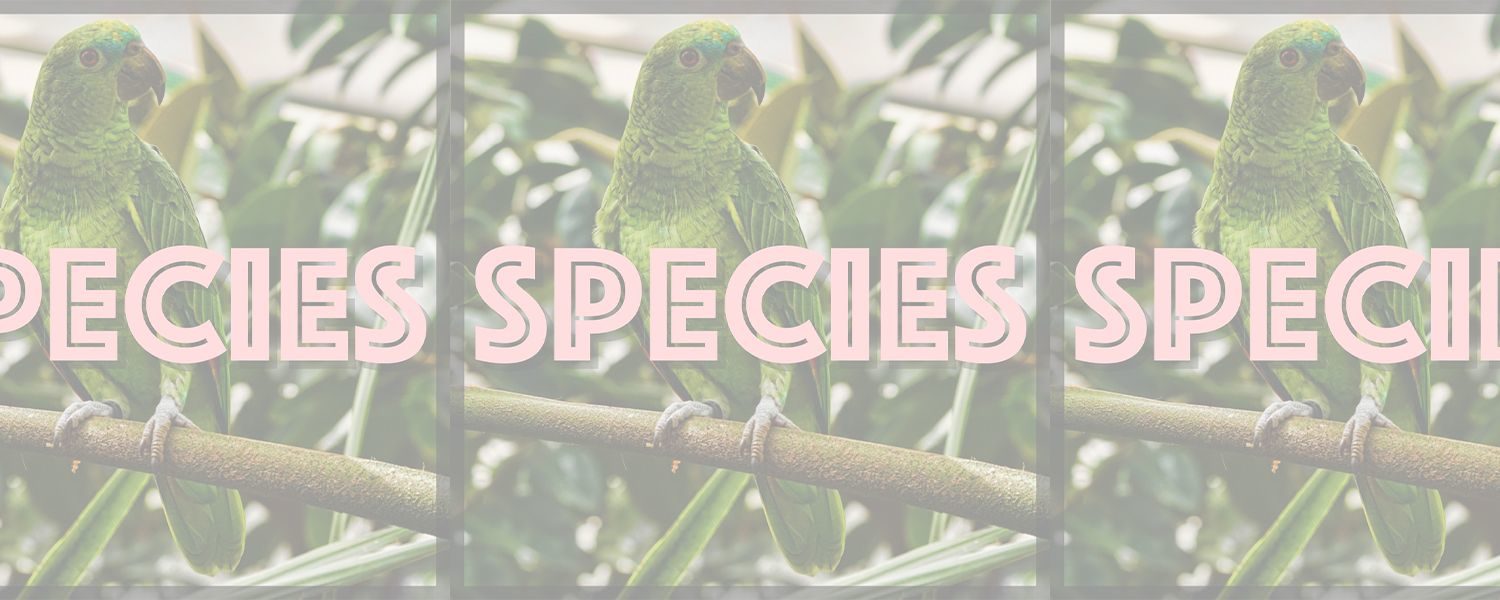
Better Together? Symbiosis and the Human Species
By: Broadreach HQ October 26, 2020 Marine Biology, Vet Medicine, Wildlife Conservation
Broadreach HQ was fortunate enough to partner up with one of our favorite podcast hosts, Macken Murphy. He’s known for his podcast Species, where each week he dives into a different animal and shares fun, interesting and often unknown facts. Our newsletter was dedicated to wildlife conservation and animal science, so we couldn’t help but reach out in hopes that he’d partner with us for our monthly webinar.
Instead of presenting in his signature one animal style, Macken treated the audience to a presentation about the rarely discussed and fascinating topic of symbiosis. How does the dotted humming frog benefit from living INSIDE a predatory tarantula’s den? Why in the world would a tiny shrimp willingly climb inside an eel’s mouth? And what in the world are ants and aphids doing as roommates?
While examining each of these unusual relationships, we’re challenged to think about how different species have worked together in order to advance their species. So what have humans done to advance our species? Macken explores how humans have manifested the world’s largest symbiotic relationship, by biomass, by improving the genes of certain animals. Then, he encourages us to think about whether or not good genes means a good life.
For anyone who is interested in the fascinating world of animal science and wildlife biology, you’ve got to hear what Macken has to say!
“Even though I was taught in school, it was a nice reminder that evolution has no end goal. Evolution maximizes relationships, habitats, & experiences that optimize survival and gene production even if the experiences are not optimal for the organism.” – webinar attendee
After the webinar, we asked attendees to complete a survey to let us know what they learned and what lingering questions they had. Check out Macken’s response to a few below:
Are there any other kinds of symbiosis between humans and non-farmed animals?
Good question. Yes, we have one with honeyguides. It’s a fascinating relationship, likely the result of coevolution, and I highly recommend watching this video on it.
If we evolved according to the rule that what is pleasurable for us is good for our genes and possibly to the individual as evolved conscious beings, how come the highest rate of human death is from heart attacks, diabetes, etc? All of them from having “pleasure” of eating animals, which is obscenely cruel and should be against any basic morality we supposedly evolved?
Good question. Three points: First, contemporary killers such as heart attacks and diabetes were likely entirely absent from our ancestral lives, partially due to greater exercise, partially due to dying earlier of other things. Second, evolution only cares that you survive long enough to reproduce and raise your kids, most deaths from things like cancer/heart attacks/diabetes come well after you’ve left your reproductive window behind; evolution only “knows” about the things that interrupt your reproductive success. Third, meat was beneficial for staving off starvation and getting enough nutrients back in the day; while it is not necessary for either of those things now (in fact, it may even be detrimental nutritionally) it was helpful in our evolutionary past, and that’s what matters. Again: Evolution solves yesterday’s problems, it doesn’t know about tomorrow’s.
I loved the question mark in the title of the webinar, as is it really better together? For whom? For the animals enslaved in farms for human consumption? For the planet dying from our food choices?
Exactly.
Learn more about our summer wildlife conservation programs here.
